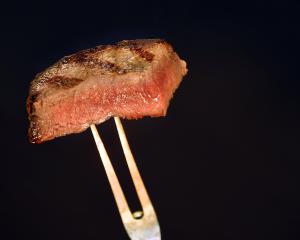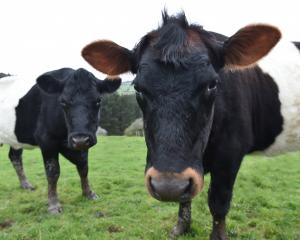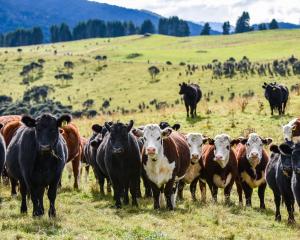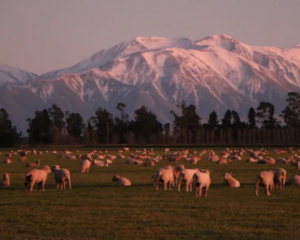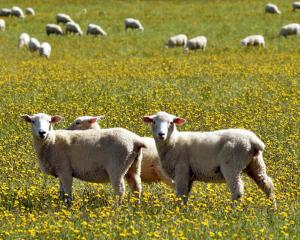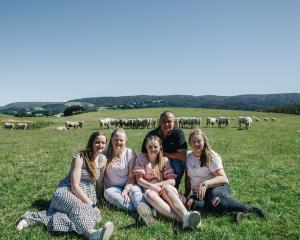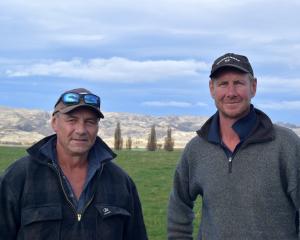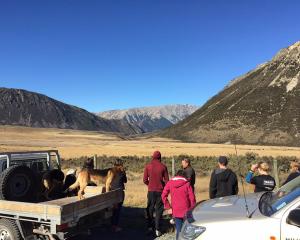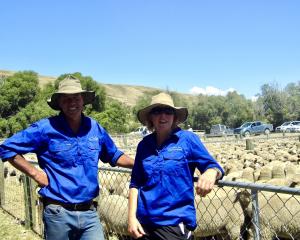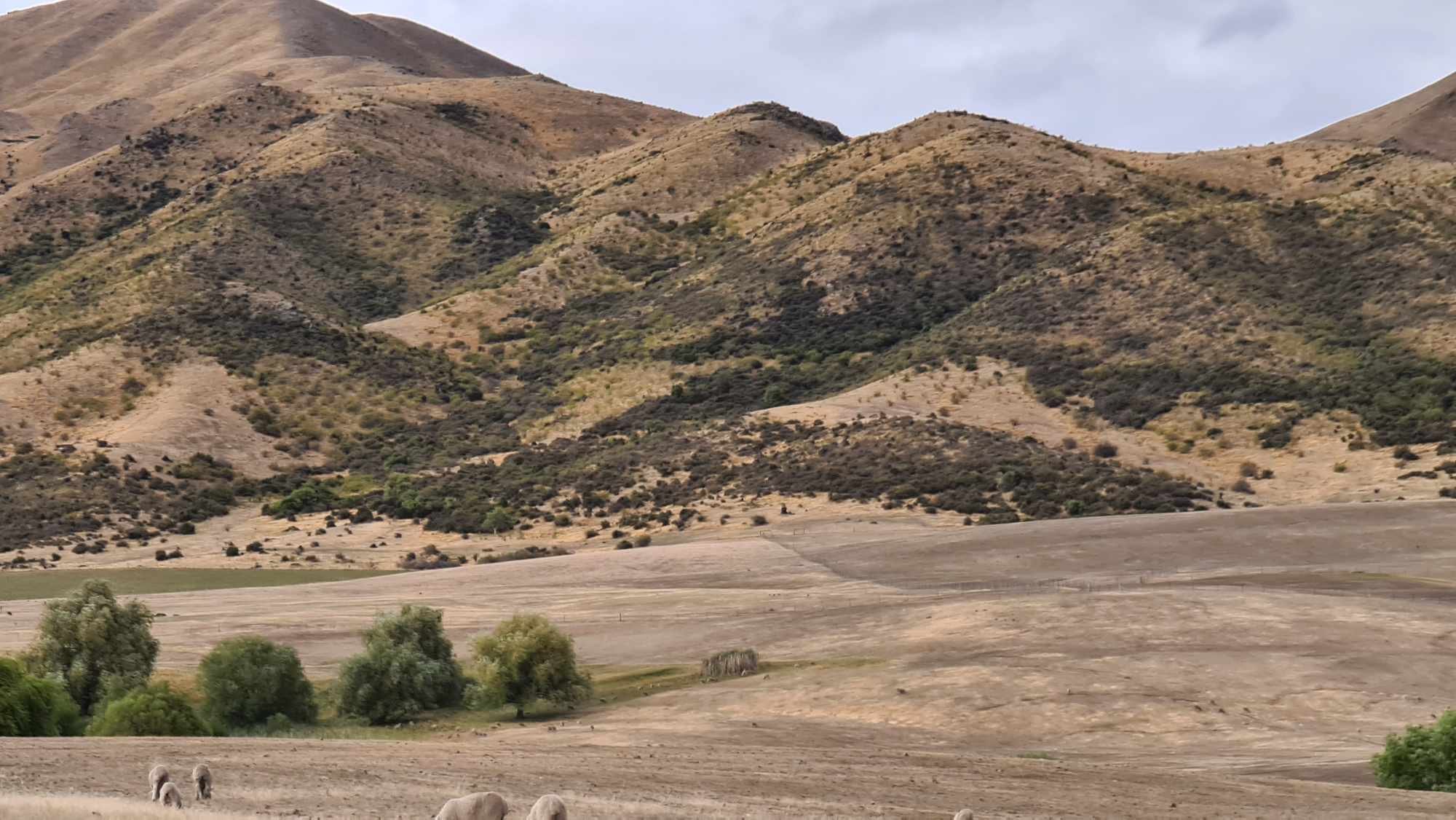
Niwa’s latest seasonal climate outlook has El Nino persisting into March and temperatures are likely to be above average from more frequent northwesterly winds.
Rainfall patterns are likely to be variable with near normal or below normal rainfall.
In the event dry weather continues until autumn, Beef + Lamb New Zealand (BLNZ) has put out guidance notes to farmers, with an emphasis on early decision-making.
Central Rural Life reporter Tim Cronshaw asked BLNZ Central South Island extension manager Dean Sinnamon for his thoughts on what farmers were doing to navigate lower soil moisture in parts of the country getting dry.
Q. How dry is it in the Central South Island and how much does it vary from one district to the next?
With little significant rainfall occurring since early December, which has combined with the infamous nor-west wind, most parts of the east coast have dried out. Some districts are definitely drier than others, like the headwaters of the Ashburton and Waimakariri rivers and the Mackenzie Country, but I think we can all agree that every farmer wouldn’t turn down a rain shower or two.
Q. Is this unusual?
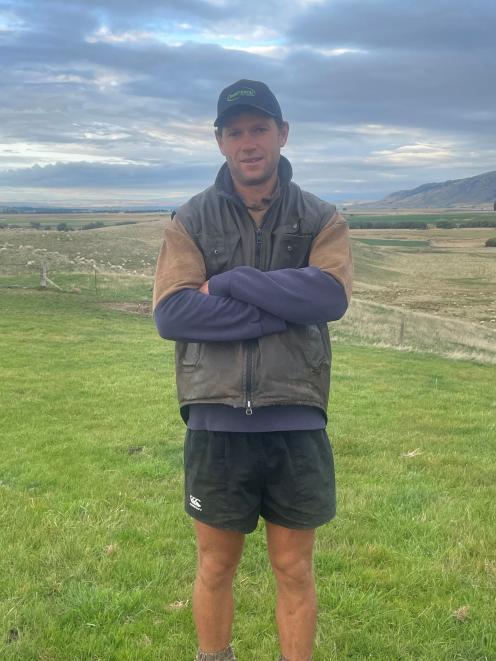
Q. What are farmers doing to ride this out or in the event El Nino deepens?
Many farmers have already been preparing for the dry. They have been setting up plans to deal with the dry conditions and identifying trigger points for when to make decisions. We have seen properties offload store lambs earlier to help reduce the feed demand on farm, to properties sending stock away at lighter weights. As we get closer to tupping time there will be the balance of having to flush their capital stock versus putting more weight on their trading animals. Having a plan to identify different scenarios and how to respond to each scenario helps when they occur. Being well informed, such as using Niwa’s drought forecasting dashboard, enables farmers to make the best decisions they can. They are being proactive instead of reactive.
Q. Are farmers taking measures such as selling earlier/offloading stock or supplementary feeding? What’s the thinking behind this and what other measures might they be thinking about taking?
Farmers have been very pragmatic about the forecasted El Nino. With early reports of El Nino affecting the east coast of the South Island this summer and autumn, farmers made early decisions to sell stores and send livestock to the works at lighter weights. From this they have evaluated the next move by talking to their meat processor, being updated on store market trends and keeping informed about weather patterns. After taking this information in, then farmers are making follow up decisions such as sending stock away for grazing or buying in baleage.
Q. What other pressures are farmers facing, such as regulations, low lamb prices and high costs and are they taking this into account in their decision making?
The 2023-24 season is a year where, unfortunately, farmers are continuing to experience high on-farm costs. The lamb/mutton price has come off the highs of the last couple of seasons and interest rates have increased significantly. As a result, farmers’ profit margins have been hammered, and many will likely make a loss this year.
While there has been a change of government, there are still concerns about what might happen on the regulatory front. Farmers are really worried about the Otago Regional Council freshwater process currently under way, and if that is not paused and the underlying rules significantly changed, many farmers will face major increased costs. Farmers urgently need clarity on this. So there is a lot going on that is influencing decisions on farm that are outside every farmer’s control. All of this is causing people to think very carefully about how they respond to the current dry conditions.
Q. What positives can they take?
That change will come and we won’t experience these current farming conditions forever. We are fortunate that we have some of the best red meat producers in the world in our region. The innovation we are seeing with genetics improving commercial properties’ breeding flocks, the developments we have seen in agronomy helping farmers grow more high quality feed when we couldn’t before — eg Raphno, leafy turnip. How we are seeing our processors invest in value-add programmes to help schedules be more resilient to adverse market conditions.
Q. What else can farmers do at the moment that might help them?
Realising that they are the most important person on the property. Not forgetting to get the balance right between work and family life. Go talk to a neighbour, attend local events or get off farm and attend Surfing for Farmers/Rural Riders. Having the ability to refresh and not think about the farm 24/7. If you are struggling, reach out to the Rural Support Trust. They do get work within rural communities and are there for farmers.


